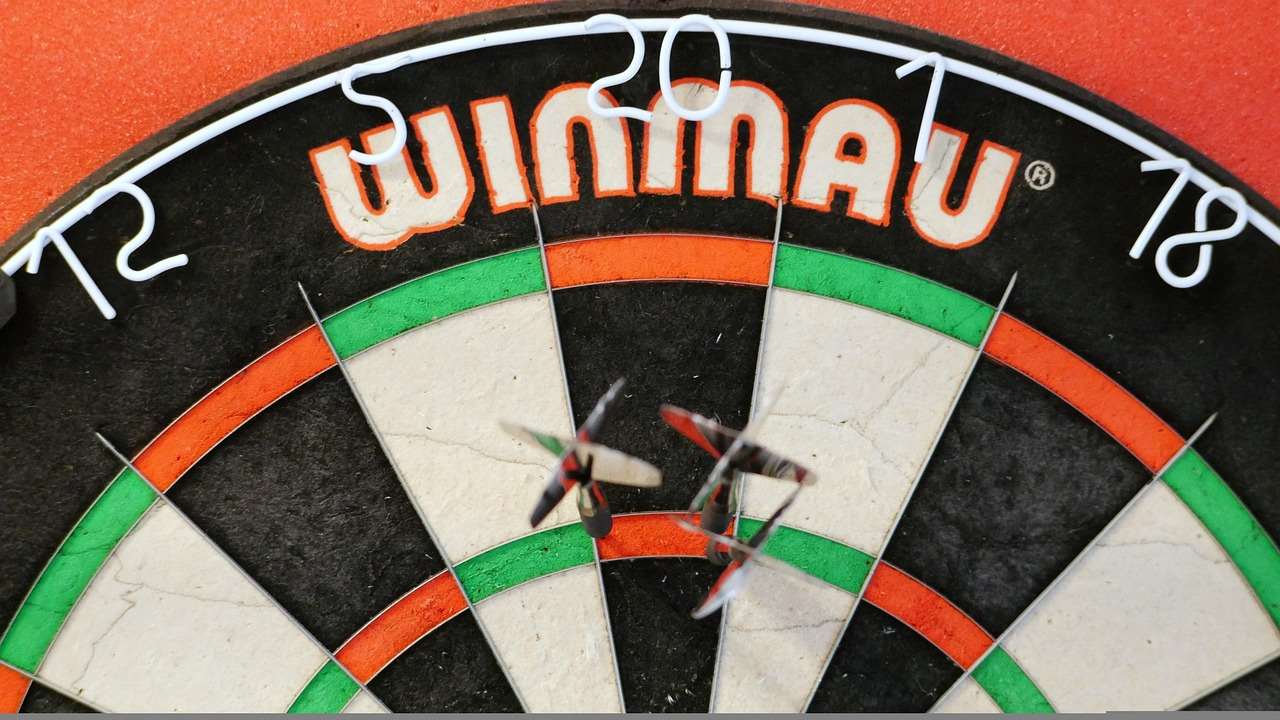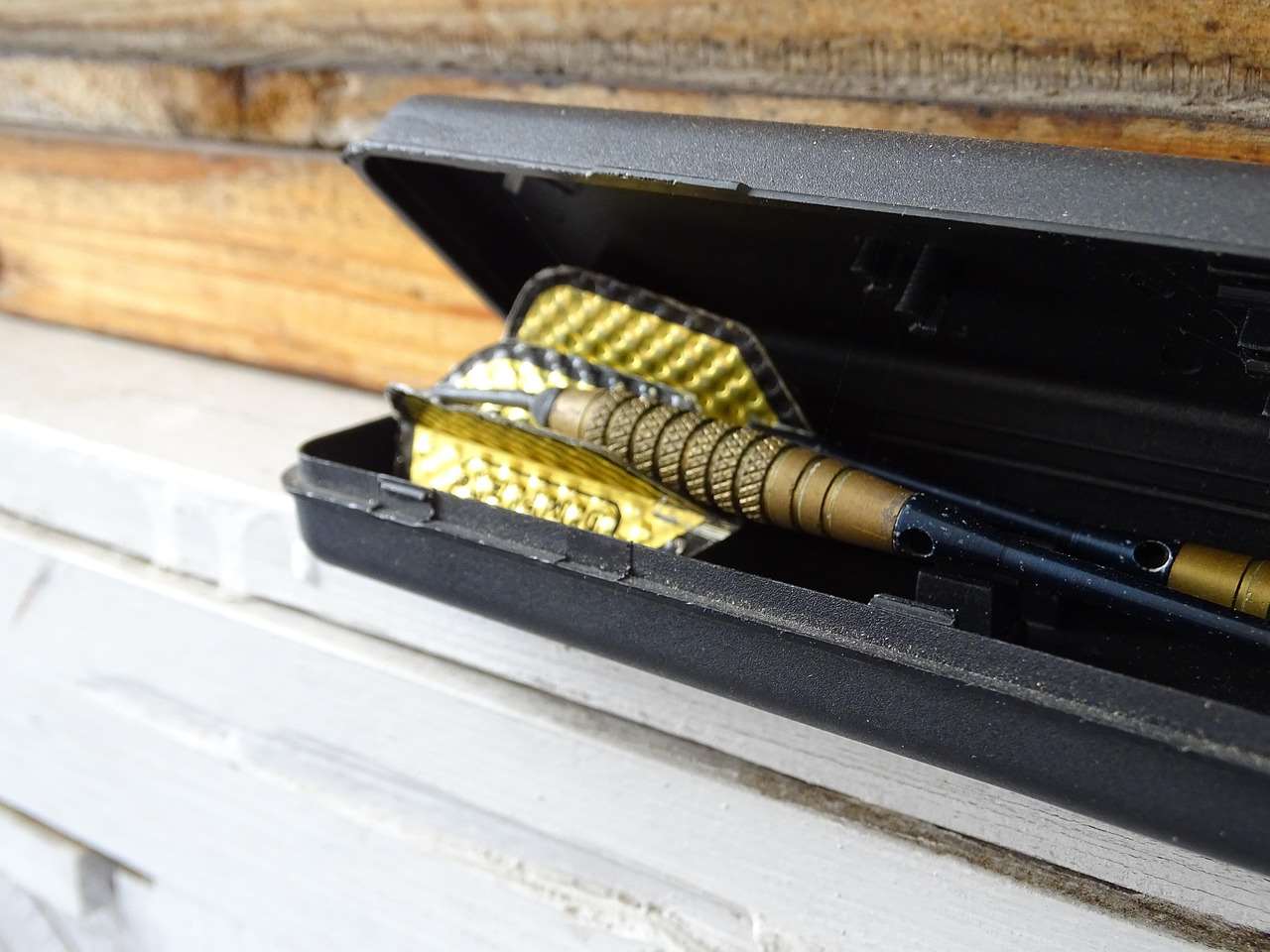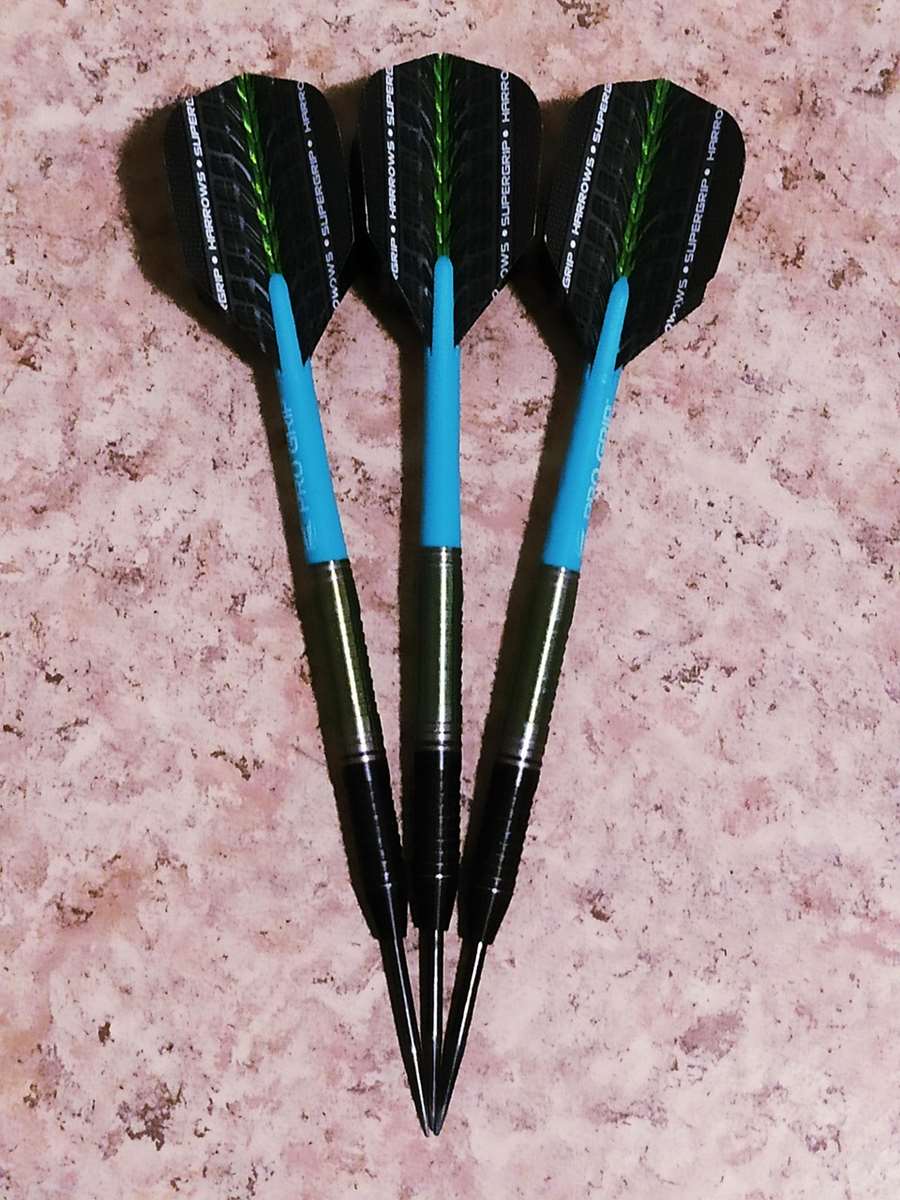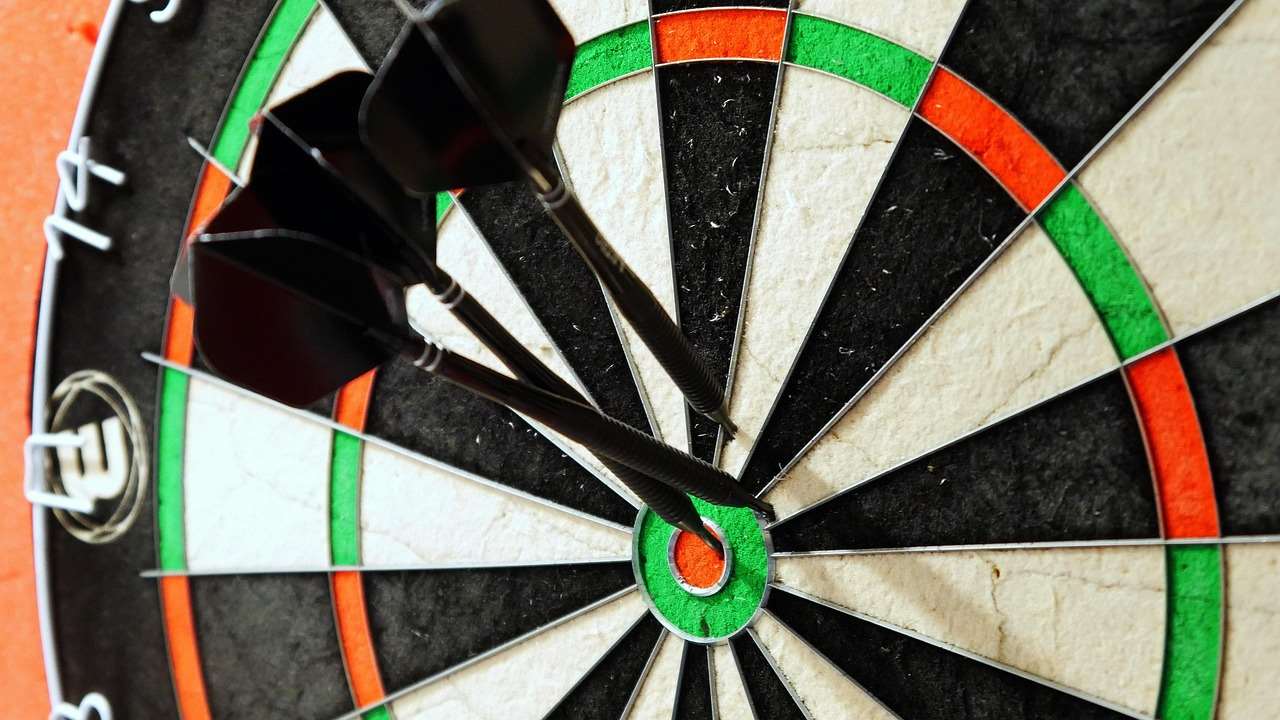The standard hoogte dartbord, measured from the floor to the center of the bullseye, is 1.73 meters (5 feet 8 inches). Ensuring this correct dartboard height is crucial for fair play and accurate scoring. This article will guide you through setting up your dartboard at the right height, understanding regulations, and optimizing your darting experience.
⚠️ Still Using Pen & Paper (or a Chalkboard)?! ⚠️
Step into the future! The Dart Counter App handles all the scoring, suggests checkouts, and tracks your stats automatically. It's easier than you think!
Try the Smart Dart Counter App FREE!Ready for an upgrade? Click above!
The Importance of Correct Dartboard Height
Setting up your dartboard at the correct hoogte dartbord isn’t just about following rules; it’s about ensuring a level playing field for everyone. Whether you’re a casual player or a seasoned pro, consistent setup allows for predictable throws and accurate aiming. When the dartboard height is off, even slightly, it can throw off your entire game, leading to frustration and inconsistent results. Ignoring the standard height and throwing distance will likely lead to inconsistent performances. Remember, accuracy in darts relies on muscle memory and consistent variables.
Moreover, the official regulations set by governing bodies like the Professional Darts Corporation (PDC) and the World Darts Federation (WDF) mandate the 1.73-meter height. Therefore, if you plan to participate in any official tournaments or leagues, adhering to these standards is non-negotiable. Ensuring your practice setup mirrors these regulations gives you a significant advantage when competing.

Step-by-Step Guide to Mounting Your Dartboard at the Correct Height
Accurately mounting your dartboard at the right hoogte dartbord involves a few simple steps. Here’s a detailed guide:
- Measure the Height: Use a measuring tape to precisely mark 1.73 meters (5 feet 8 inches) from the floor on your wall. This mark indicates the center of the bullseye.
- Mounting Bracket Installation: Most dartboards come with a mounting bracket. Attach the bracket to the back of the dartboard, ensuring it’s centered.
- Wall Mounting: Align the dartboard with your marked height on the wall. Use a level to ensure the board is perfectly vertical before drilling any holes.
- Secure the Dartboard: Once the dartboard is aligned and level, securely mount it to the wall using appropriate screws and anchors. Ensure it’s stable and doesn’t wobble.
- Double-Check: After mounting, double-check the dartboard height using your measuring tape. Ensure the bullseye is still exactly at 1.73 meters.
Understanding the Throwing Distance (Oche)
While the hoogte dartbord is crucial, the throwing distance, also known as the oche, is equally important. The standard throwing distance is 2.37 meters (7 feet 9.25 inches) from the face of the dartboard. This distance ensures fair play and allows players to develop a consistent throwing motion.
To properly measure the oche, use a measuring tape and mark the distance from the wall directly below the dartboard to the point where you will stand. Some players use a physical marker or a raised oche to ensure consistency. Make sure your oche is firmly secured to the floor to prevent accidental movement during play.
Common Mistakes to Avoid When Setting Up Your Dartboard
Several common mistakes can lead to improper dartboard setup. Avoiding these pitfalls will ensure a fair and enjoyable darting experience. Pay attention to these potential errors:
- Inaccurate Measurements: Using an inaccurate measuring tape or failing to double-check measurements can result in an incorrect dartboard height or throwing distance.
- Uneven Surfaces: Mounting the dartboard on an uneven wall or surface can cause it to wobble or tilt. Always use a level to ensure the board is perfectly vertical.
- Loose Mounting: Failing to securely mount the dartboard to the wall can lead to it falling or shifting during play. Use appropriate screws and anchors for your wall type.
- Ignoring the Oche: Neglecting to accurately measure and mark the throwing distance can disrupt your throwing motion and affect your accuracy.
Tools and Equipment Needed for Dartboard Setup
Having the right tools and equipment will make setting up your dartboard much easier and more accurate. Here’s a list of essential items:
- Measuring Tape: A reliable measuring tape to accurately measure the hoogte dartbord and throwing distance.
- Level: A level to ensure the dartboard is perfectly vertical and horizontal.
- Drill: A drill to create holes for mounting the dartboard bracket to the wall.
- Screws and Anchors: Appropriate screws and anchors for your wall type to securely mount the dartboard.
- Pencil: A pencil to mark the wall for the correct height and bracket placement.
- Dartboard Surround: A dartboard surround to protect your wall from stray darts.
- Oche: A physical marker or raised oche to clearly define the throwing distance. You can even find a target darts holder that doubles as an oche.

Different Types of Dartboards and Their Mounting Considerations
While the standard dartboard height remains consistent, different types of dartboards may have unique mounting considerations. Bristle dartboards are the most common type and typically come with a standard mounting bracket. Electronic dartboards may have different mounting requirements, so it’s essential to consult the manufacturer’s instructions. Be sure to check out darts scoring officials for a better understanding of fair gameplay.
Magnetic dartboards are often lighter and easier to mount, but they may not provide the same level of durability as bristle dartboards. Regardless of the type of dartboard, always ensure it’s securely mounted and level before playing.
How the Correct Dartboard Setup Impacts Your Game
The correct hoogte dartbord and throwing distance can significantly impact your game. When the setup is accurate, you can develop a consistent throwing motion and improve your accuracy. Proper setup allows you to focus on your technique and strategy, rather than compensating for an uneven playing field.
Furthermore, playing with a properly set up dartboard can help prevent injuries. An incorrect dartboard height or throwing distance can strain your back, shoulders, and arms, leading to discomfort and potential long-term problems. By adhering to the standard regulations, you can ensure a safe and enjoyable darting experience.

Advanced Tips for Optimizing Your Dartboard Setup
Beyond the basic measurements, several advanced tips can help optimize your dartboard setup for peak performance:
- Lighting: Proper lighting is crucial for clear visibility. Position a light source above the dartboard to eliminate shadows and improve your aim.
- Surround: Invest in a high-quality dartboard surround to protect your wall from stray darts. A surround can also enhance the aesthetics of your darting area.
- Oche Material: Consider the material of your oche. A non-slip surface can prevent accidental slips and ensure consistent throwing.
- Regular Maintenance: Regularly rotate your dartboard to evenly distribute wear and tear. Clean the board with a soft brush to remove dust and debris.
- Experiment: While the standard height and distance are recommended, experiment with slight variations to find what works best for your individual throwing style.
The app to score darts (https://dartcounterapp.com/) can provide you the tools to track your accuracy and progress after setting up your board.
Troubleshooting Common Dartboard Setup Issues
Even with careful planning, you may encounter some common dartboard setup issues. Here’s how to troubleshoot them:
- Wobbly Dartboard: If your dartboard wobbles, check the mounting screws and anchors. Tighten them or replace them with stronger ones. Also, ensure the wall surface is even.
- Darts Falling Out: If darts are frequently falling out of the dartboard, the board may be worn out. Consider replacing the board or rotating it more frequently.
- Poor Lighting: If the lighting is inadequate, add additional light sources or adjust the position of your existing lights.
- Oche Slippage: If your oche is slipping, secure it with adhesive tape or a non-slip mat.

The Psychology of a Properly Set Up Dartboard
A properly set up dartboard isn’t just about physical accuracy; it also has a psychological impact on your game. When you know your setup is correct, you can approach each throw with confidence and focus. This mental clarity can significantly improve your performance.
Conversely, an improperly set up dartboard can create doubt and anxiety, leading to inconsistent throws and poor decision-making. By ensuring your setup is perfect, you eliminate a potential source of stress and create a positive mental environment for your game.
Maintaining Your Dartboard for Longevity
Proper maintenance is essential for extending the lifespan of your dartboard. Here are some tips to keep your board in top condition:
- Rotate Regularly: Rotate your dartboard regularly to evenly distribute wear and tear. This prevents certain sections from becoming overly worn.
- Clean Frequently: Clean your dartboard with a soft brush to remove dust and debris. Avoid using liquids, as they can damage the bristles.
- Remove Broken Dart Tips: Promptly remove any broken dart tips from the board to prevent further damage.
- Store Properly: When not in use, store your dartboard in a cool, dry place to prevent warping or damage.

Conclusion
Setting up your dartboard at the correct hoogte dartbord of 1.73 meters (5 feet 8 inches) and the proper throwing distance of 2.37 meters (7 feet 9.25 inches) is paramount for fair play, accurate scoring, and overall enjoyment of the game. By following the steps outlined in this guide, avoiding common mistakes, and optimizing your setup with advanced tips, you can create a consistent and reliable darting experience. Remember, a properly set up dartboard not only improves your physical game but also enhances your mental focus and prevents potential injuries. So, grab your tools, measure carefully, and get ready to elevate your darting skills to the next level. Ready to test your newfound knowledge? Head to your local sports store or shop online for a new dartboard and get started!
Hi, I’m Dieter, and I created Dartcounter (Dartcounterapp.com). My motivation wasn’t being a darts expert – quite the opposite! When I first started playing, I loved the game but found keeping accurate scores and tracking stats difficult and distracting.
I figured I couldn’t be the only one struggling with this. So, I decided to build a solution: an easy-to-use application that everyone, no matter their experience level, could use to manage scoring effortlessly.
My goal for Dartcounter was simple: let the app handle the numbers – the scoring, the averages, the stats, even checkout suggestions – so players could focus purely on their throw and enjoying the game. It began as a way to solve my own beginner’s problem, and I’m thrilled it has grown into a helpful tool for the wider darts community.